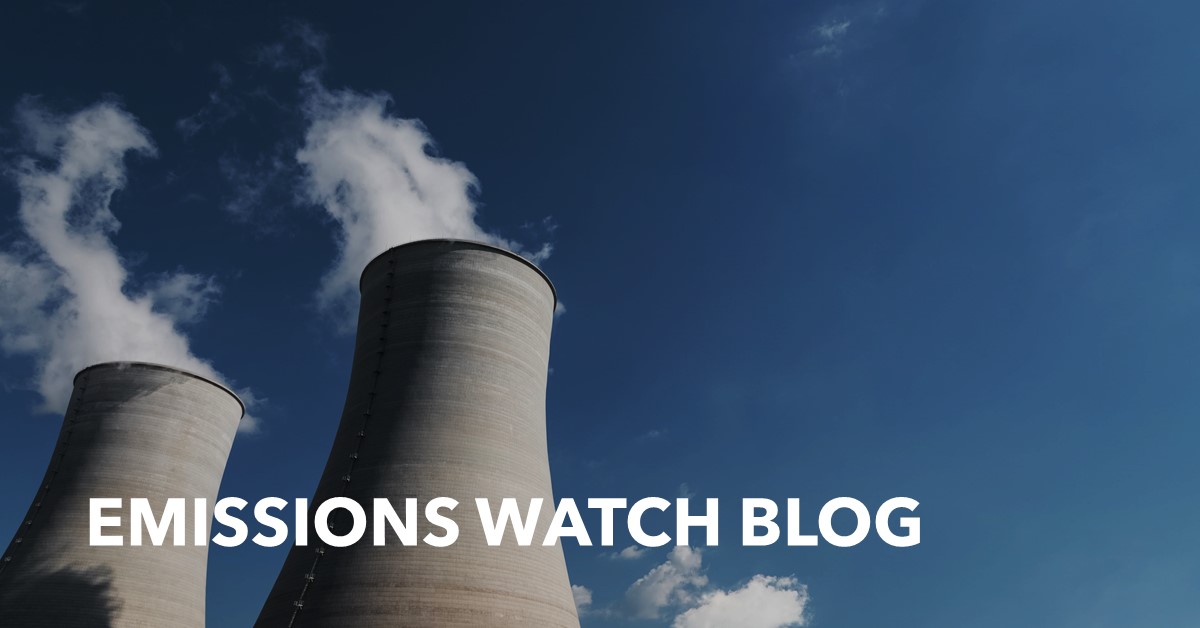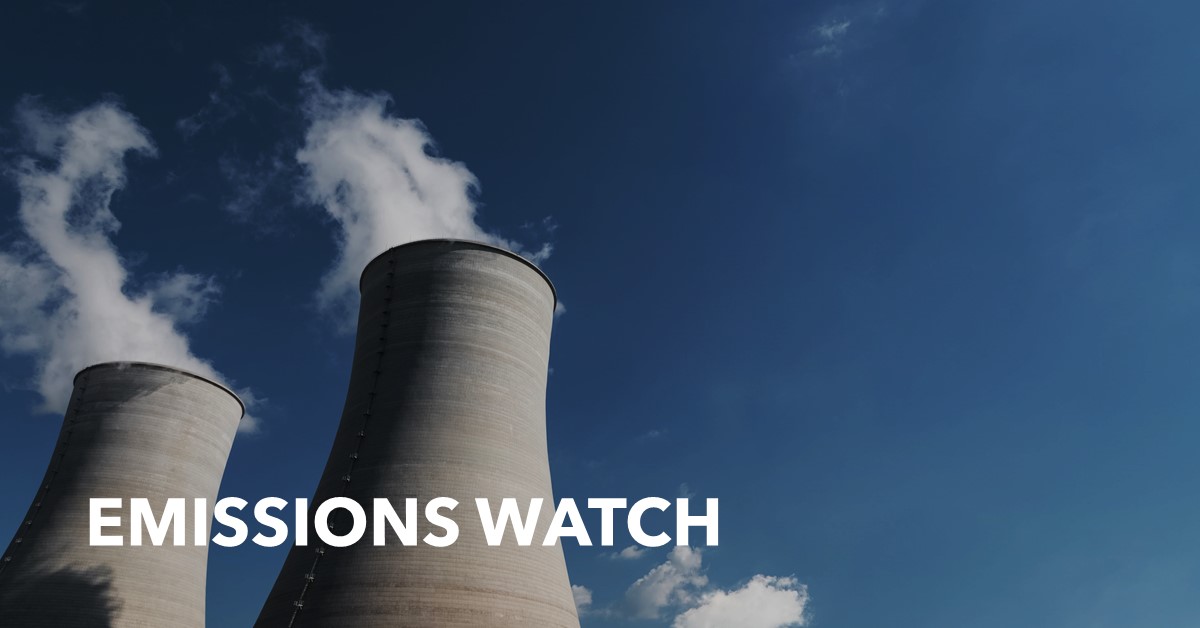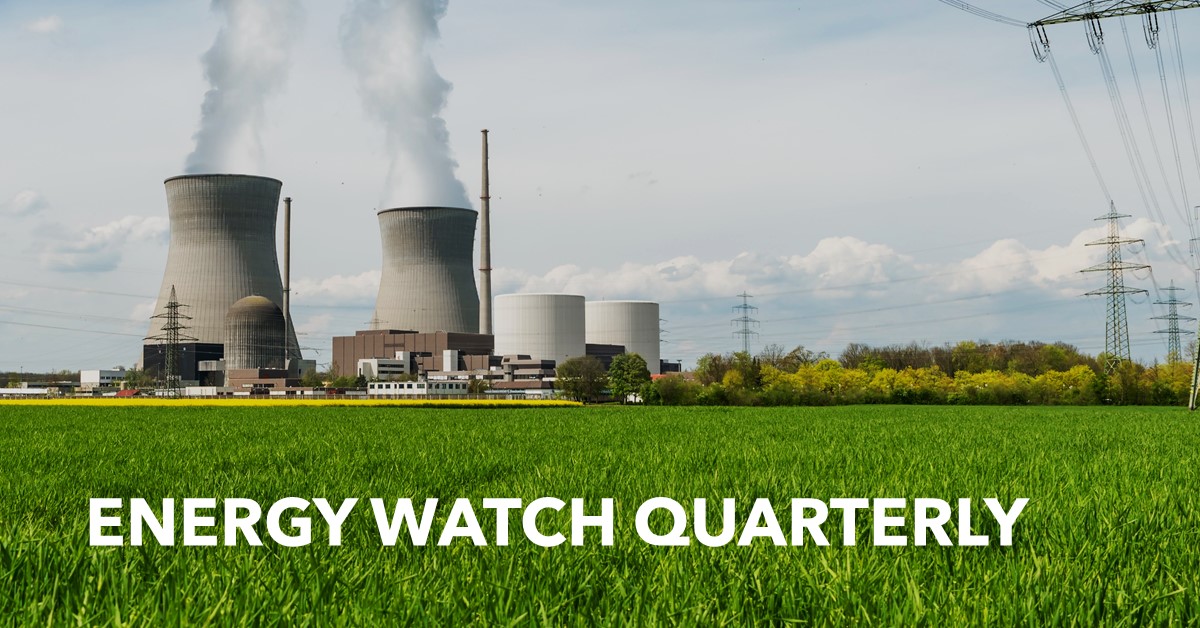Net Zero by 2050 Emissions Reduction Mandates in New England | Emissions Watch Blog
In today’s blog, we’re providing an excerpt from a recent preview to our next Emissions WatchTM that discusses two new Net Zero by 2050 emissions reduction mandates that were recently signed into law in New England.
In Massachusetts, Governor Charlie Baker signed An Act Creating a Next Generation Roadmap for the Massachusetts Climate Policy. This Act has several implications for the power sector. In addition to emissions reduction mandates, it increases requirements for the state’s Renewable Portfolio Standard (RPS) and offshore wind procurement quantities.
Rhode Island Governor Dan McKee signed a Landmark Act on Climate into law on April 10, 2021. Like the Massachusetts Act, it establishes specific emissions reduction mandates. The Rhode Island legislation contains fewer implementation details than the Massachusetts legislation, and ESAI will continue to monitor and report on relevant information when it becomes available.
Massachusetts Climate Legislation Becomes Law
On March 26, 2021, Massachusetts Governor Charlie Baker signed An Act Creating a Next Generation Roadmap for the Massachusetts Climate Policy into law. It codifies the state’s 2050 Net Zero economy-wide carbon emissions goal. Earlier, at the end of the 2019-2020 legislative session, the House and Senate passed S.2995 which Governor Baker vetoed on January 14, 2021. He noted that he would sign it if certain modifications were made, including specific provisions related to environmental justice considerations. This legislation was reintroduced in the Senate (S.9) on January 28 and after incorporating several of the changes called for by Governor Baker, it was ultimately signed into law on March 26.
To achieve the state’s Net Zero carbon emissions mandate by 2050, this legislation requires that statewide interim emissions limits be established every five years. In addition, this Act contains several other provisions intended to facilitate meeting the state’s emissions reduction requirements, including increases to the state’s annual Renewable Portfolio Standard (RPS) requirements and offshore wind procurement quantities. The most significant provisions of this Act that affect the power sector are highlighted below and discussed in more detail in later sections.
Emission Limits and Sector-Specific Sublimits
- Establishment of Statewide 2030, 2040, and 2050 Emissions Limits – Requires 2030 emissions to be 50 percent below 1990 emissions, and 2040 emissions to be 75 percent below the 1990 level. The Act establishes a statewide 2050 net-zero emissions goal.
- Requirement for Additional 5-Year Interim Statewide Emissions Limits – Starting in 2025, interim statewide greenhouse gas emissions limits will be established by the Executive Office of Energy and Environmental Affairs (EEA). These interim limits will be set for 2025, 2035, and 2045.
- Establishment of Emissions Sublimits – The EEA will also establish emissions sublimits every five years for several sectors of the Massachusetts economy, including:
- electric power,
- transportation,
- commercial and industrial heating and cooling,
- residential heating and cooling,
- industrial processes, and
- natural gas distribution and service.
Requirements for Municipal Light Plants
- Municipal light plants will be required to meet specific emissions standards.
Renewable Mandates Increased
- Authorizes Additional 2,400 MW in Offshore Wind Procurement by 2027 – Increases authorized offshore wind procurement quantity by 2,400 MW from 1,600 MW by 2027 to 4,000 MW by 2027. The total offshore wind mandate is now 5,600 MW by 2035, up from 3,200 MW by 2035.
- Increases Renewable Portfolio Standard (RPS) Requirements – Annual increases to the RPS of three percent each year between 2025 and 2029, reaching 40 percent by 2030 (previously 34 percent by 2030).
- Utility-Scale Renewable Thermal Energy Incentives – Authorizes one or more pilot projects that would be eligible for cost recovery.
For detailed REC price forecasts, schedule for publishing interim emissions limits, sublimits, roadmaps, sector-specific emissions, MA RPS requirements before and after this act, and details on the impact of changes to MA RPS & Offshore Wind Procurement Schedule on MA Class 1 REC Prices, please email us at [email protected] to set up a free trial of our service.
Rhode Island becomes second New England state to adopt Net Zero by 2050 Emissions Mandate
Under Rhode Island’s new 2021 Act of Climate law, economy-wide emissions reduction mandates are required. Specifically, it requires emissions to be 45 percent below 1990 levels by 2030, 80 percent below 1990 emissions by 2040, and Net Zero by 2050.
Similar to the March 2021 Massachusetts Act, Rhode Island will be required to establish specific targets by sector. This Act establishes a new “Rhode Island Executive Climate Change Coordinating Council” within the state’s executive branch. This Council will be required to develop a plan starting no later than December 31, 2025, that is to be reviewed and updated every five years. The review would evaluate strategies, programs, and actions that are underway to meet the state’s emissions mandates. This Council will have the authority to direct an agency to promulgate regulations that would facilitate meeting the mandates.
While the final Rhode Island legislation contains fewer specific implementation details than the Massachusetts legislation (8 pages versus 76 pages), it does require appropriate state agencies to develop long and short-term strategies to achieve emissions reductions and to track the progress of those strategies. In addition, it calls for an increase in the deployment of in-state generation from renewable resources and expanded energy efficiency programs.*
For further details, please contact us.
*Rhode Island studied the feasibility of increasing its RPS to 100 percent by 2030 in 2020. Legislation is expected to be introduced later this year to increase the state’s RPS requirements.
Learn About Emissions Watch
This quarterly publication contains ESAI Power’s outlooks and views on the emissions markets. ESAI provides regular updates and analysis on developments in the SO2, NOx and CO2 emissions markets as well as price forecasts for state and regional markets. In addition, regular updates are provided on the RGGI program as well as other state-specific emissions programs.
Learn About Energy Watch Quarterly
Energy Watch QuarterlyTM provides a quarterly analysis of market and policy issues affecting energy pricing dynamics over the next 10-year period for both the power and natural gas sectors. This analysis includes forecasts of pool-wide and zonal energy prices in New England, New York, and PJM, including forecasts of fuel inputs. Supporting assumptions are provided in each quarterly report.




